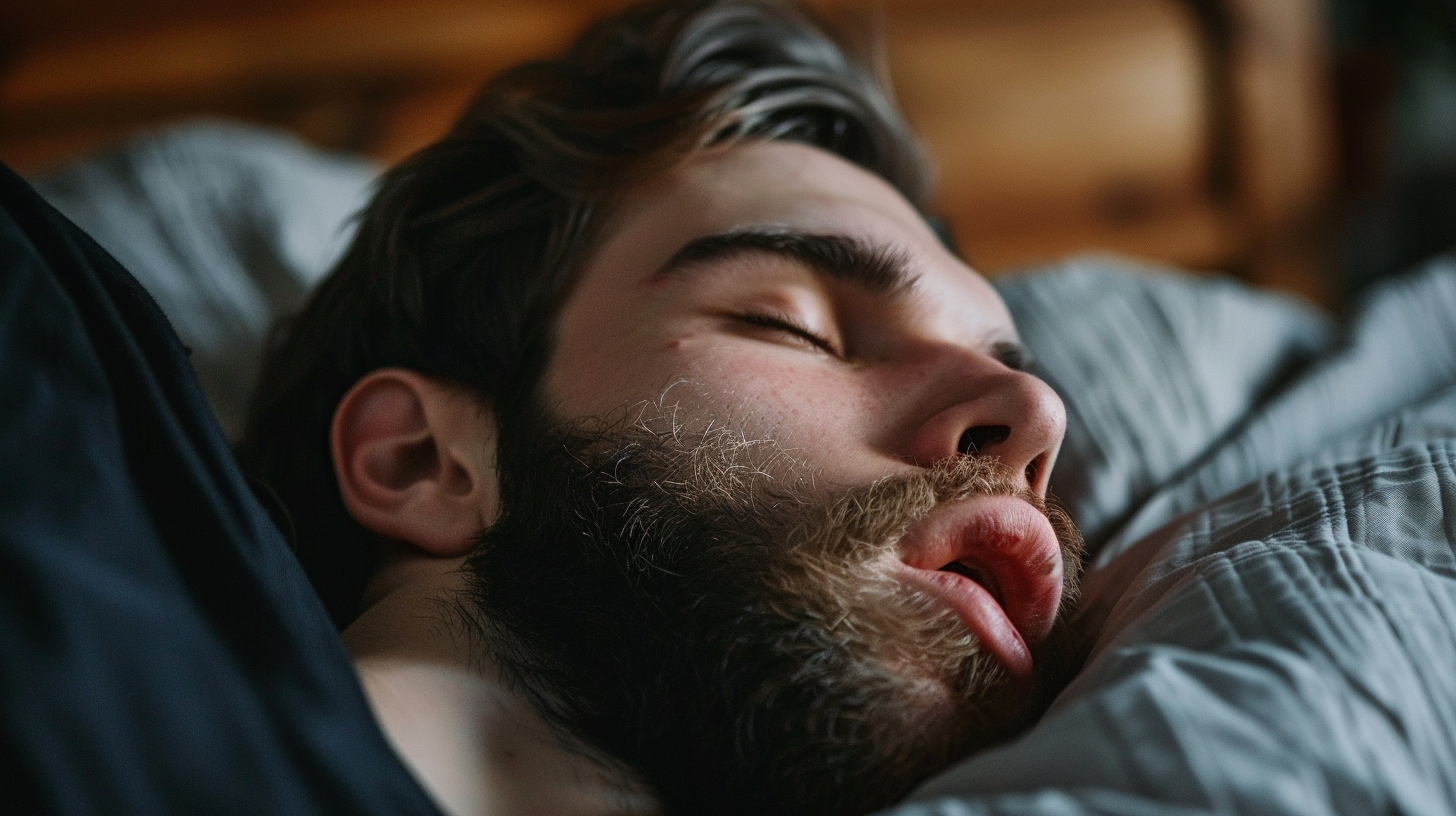Introduction: How Kids Hold Themselves Shapes How They Grow
Many parents notice poor posture in their kids—slouched shoulders, forward head, or sitting “W-style.” What they may not realize is that these positions don’t just affect the spine—they reshape the airway, mouth, and even the way a child breathes and talks.
At BreatheWorks, we view posture in children as a clinical priority—not a cosmetic one. Because from airway collapse to speech delays, how a child holds their body is often the earliest clue that something deeper is going on.
Why Posture Matters in Kids
In growing children, posture influences:
- Craniofacial development (palate width, jaw growth, and airway size)
- Tongue posture and nasal breathing patterns
- Dental crowding, tongue thrust, and improper chewing
- Sleep quality and energy during the day
- Focus, emotional regulation, and motor development
If poor posture and mouth breathing go unchecked, they can contribute to:
- Obstructive sleep apnea in childhood and later life
- Swallowing and speech delays
- Behavioral and attention issues (often misdiagnosed as ADHD)
- Future jaw issues, TMJ dysfunction, and orthodontic relapse
Real-World Case: A 7-Year-Old with Poor Sleep and Slurred Speech
A concerned parent brought in a 7-year-old who had trouble sitting upright, slurred speech, and persistent mouth breathing. He had frequent nightmares and always woke tired.
Evaluation revealed:
- Open mouth posture at rest and during speech
- Low tongue tone and difficulty with coordinated chewing
- Forward head posture with a slumped seated position
- History of a previously revised tongue tie ankyloglossia but no post-op therapy
Our plan:
- Orofacial myofunctional therapy to support tongue rest and chewing
- Postural retraining and body awareness drills
- Breathing re-education for nasal rest and diaphragmatic control
- Coordination with his dentist and pediatric ENT for airway imaging
Results after 12 sessions:
- Mouth stayed closed at rest for the first time
- More coordinated speech with improved intelligibility
- Slept through the night for a full week for the first time
- Began participating in gym class and had fewer meltdowns at school
What to Watch for in Kids’ Posture and Airway
- Sitting with shoulders rounded or head jutted forward
- Sleeping with the mouth open or snoring
- Difficulty chewing or swallowing
- Slurred or nasal speech
- Needing to “move constantly” when seated
- Clumsiness, poor balance, or toe-walking
- Persistent mouth breathing, even when not congested
These are not just developmental quirks—they’re early signs of dysfunction that may become chronic.
How BreatheWorks Helps Children Breathe, Sleep, and Grow Better
We provide early intervention to support long-term outcomes through:
✅ speech language pathologist specializing in airway and posture
✅ Myofunctional therapy to build functional oral habits and facial tone
✅ Postural alignment activities for seated and active settings
✅ Breathing and swallow training to reduce reflux and sleep disturbances
✅ Family education to support carryover at home and school
✅ Collaboration with orthodontists, ENTs, pediatricians, and sleep specialists
Key Takeaways
- Posture in children impacts more than appearance—it shapes breathing, speech, and development
- Poor posture often indicates underlying airway or orofacial dysfunction
- Early therapy improves long-term outcomes and reduces future health risks
- BreatheWorks helps families support their child’s growth, one breath and posture at a time



